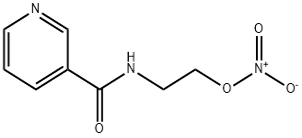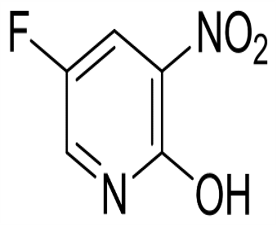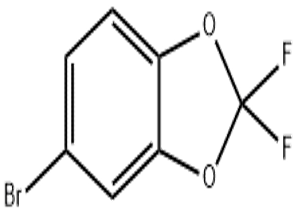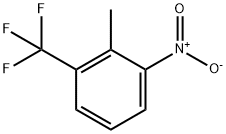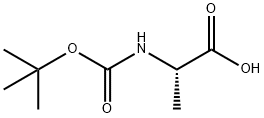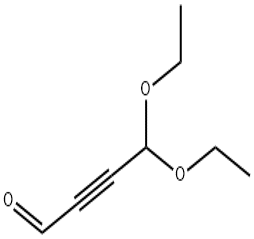Nicorandil(CAS# 65141-46-0)
| Hazard Symbols | Xn – Harmful |
| Risk Codes | R22 – Harmful if swallowed R41 – Risk of serious damage to eyes |
| Safety Description | S26 – In case of contact with eyes, rinse immediately with plenty of water and seek medical advice. S39 – Wear eye / face protection. |
| WGK Germany | 3 |
| RTECS | US4667600 |
| HS Code | 29333990 |
| Toxicity | LD50 in rats (mg/kg): 1200-1300 orally; 800-1000 i.v. (Nagano) |
Introduction
Nicolandil, also known as nicorandil amine, is an organic compound. The following is an introduction to the properties, uses, preparation and safety information of nicorandil:
Quality:
- Nicorandil is a colorless crystalline solid that is soluble in water and organic solvents.
- It is an alkaline compound that can react with acids to produce salt compounds.
- Nicorandil is stable in air, but may decompose when exposed to high temperatures.
Use:
- Nicolandil can also be used in the synthesis of organic synthesis catalysts, photosensitizers, etc.
Method:
- Nicolandil is usually prepared by the reaction of dimethylamine and 2-carbonyl compounds.
- The reaction is carried out under alkaline conditions and the heating reaction is carried out in a suitable solvent.
Safety Information:
- Nicorandil is relatively safe for humans under general conditions.
- However, care should be taken to avoid direct contact with the eyes, skin, and respiratory system.
- Wear appropriate personal protective equipment (PPE) such as safety glasses, gloves and breathing apparatus.
- When using or storing nicorandil, care should be taken to avoid ignition and high temperature conditions.


